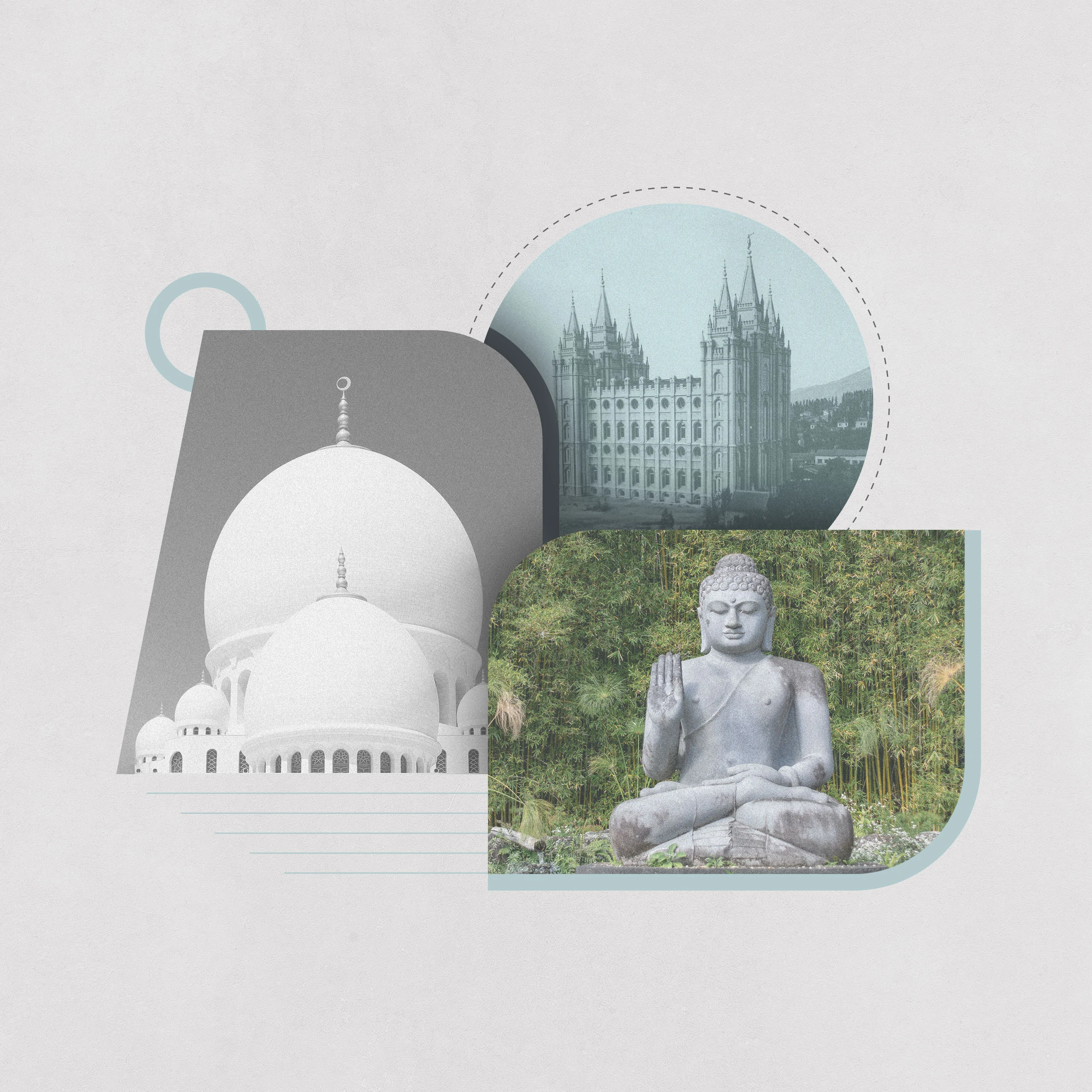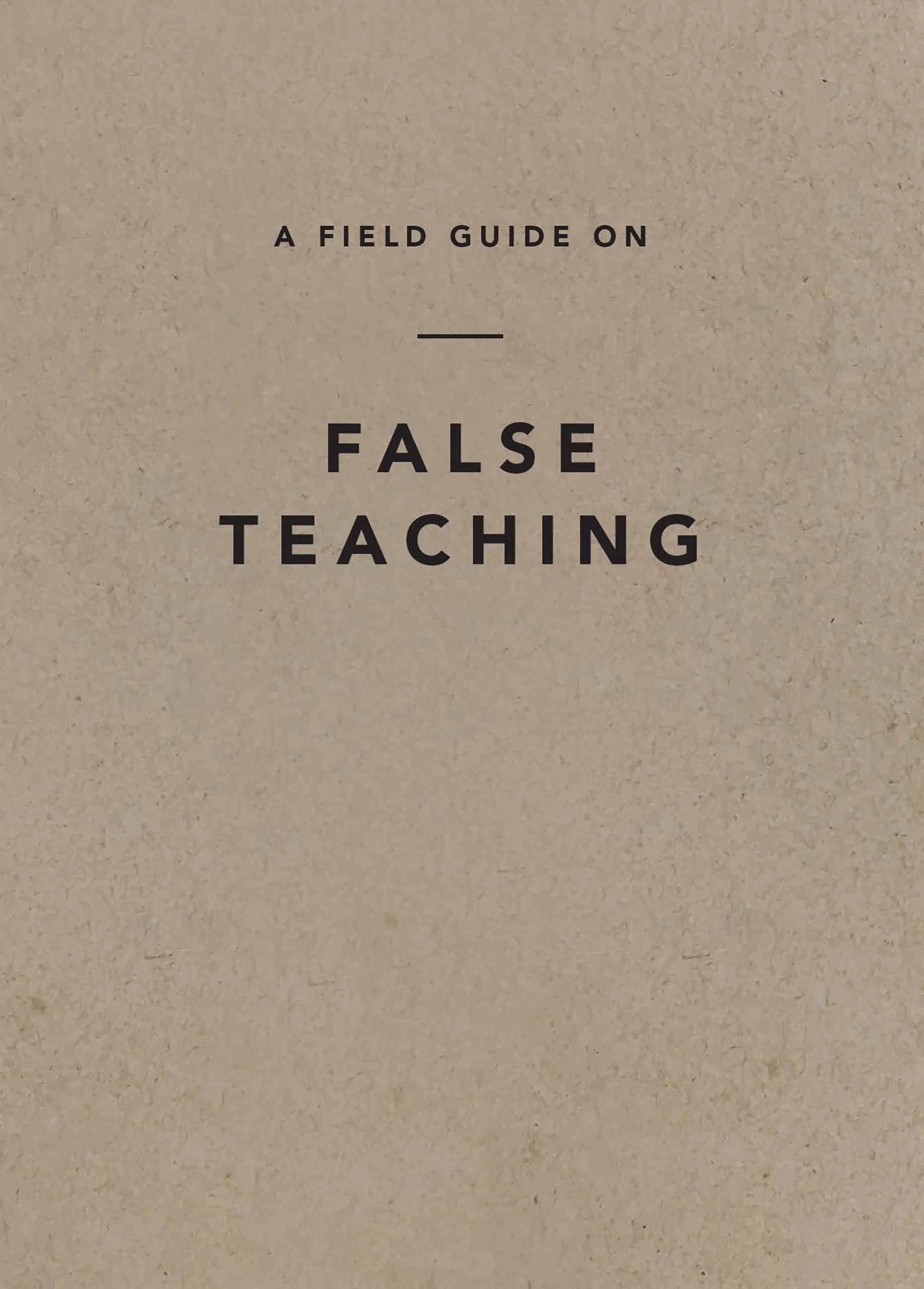What Is Buddhism?

What is Buddhism?
The fourth-largest religion in the world, Buddhism is an ancient religion with its origins on the Indian subcontinent. There are several branches and sub-branches of Buddhism (including Theravada, Mahasamghika, Vajrayana, Nichiren, Shingon, and Zen), but they are all monistic rather than monotheistic. That is, Buddhism is built on the belief in the absolute unity of all things and the balancing of opposites in the one reality. In Buddhism, all reality is ultimately one, and there is no such thing as the Creator-creature distinction (see below). An estimated five hundred million people practice Buddhism today.
When did it begin?
There is considerable disagreement over the details of Buddhism’s origins. However, scholars agree that it was founded in the fourth or fifth century BC by Siddhartha Gautama, who came to be known as the Buddha. Gautama, a young prince from northern India, noted the contrast between the materialism of his upbringing and the suffering, sickness, and death he observed around him. Consequently, he began questioning the meaning of suffering. In the hope of understanding these things, Gautama left his home, wife, and son to find mentors to teach him the principles of the ascetic life and meditation. Gautama achieved enlightenment after meditating for forty days and forty nights under a fig tree (now known as the Bodhi Tree, or “tree of awakening”). He claimed to have seen the planet Venus on the horizon and realized that he was looking at himself (since all is one). He spent the next forty-five years traveling through northern India, spreading the principles he gained from his experience of enlightenment. After Gautama’s death, a powerful Indian emperor named King Ashoka (274–232 BC) converted to Buddhism and ensured its establishment throughout ancient Asia.
Who are the key figures?
Over the millennia, myriad famous Buddhist teachers, scholars, and monks have promoted various forms of Buddhist teaching. The most well-known Buddhist today is the fourteenth Dalai Lama, Tenzin Gyatso, whose title is used for the spiritual leader of a particular branch of Tibetan Buddhism.
Several famous businessmen, athletes, musicians, authors, activists, movie producers, actors, and actresses have been practicing Buddhists, including Richard Gere, Steve Jobs, Tiger Woods, Leonard Cohen, David Bowie, Jack Kerouac, Rosa Parks, George Lucas, Oliver Stone, Goldie Hawn, Jeff Bridges, Brad Pitt, Jennifer Aniston, and Kate Hudson.
What are the main beliefs?
-
All is one. Belief in absolute unity is essential to Buddhism. Unity is foundational; diversity is derivative. One does not learn from the Buddha; one becomes the Buddha. The balancing of opposites is the highest goal in life. Compassion and cruelty, good and evil, life and death, and God and the devil must be balanced. There is no virtue in the victory of one opposite over another. To insist on the triumph of one over another is to destroy unity. There is no such thing as individuality; there is only progress and potentiality in one reality.
-
Four Noble Truths
-
Truth of suffering. The first law is that everyone suffers. This concept is called (in the Pali liturgical language) dukkha, which translates as “suffering,” “anguish,” “pain,” or “unsatisfactoriness.” According to tradition, Buddha said, “I have taught one thing and one thing only: *dukkha *and the cessation of dukkha.”
-
Cause of suffering. The cause of all suffering is desire. The Pali word tanha conveys the idea of “grasping,” “thirst,” “longing,” “craving,” “desire,” or “attachment” and is associated with desiring things that cannot satisfy us fully. It is not mere desire but an unhealthy craving for impermanent things and an incessant thirst for self-gratification. Trying to grasp things that we do not have for ourselves leads to suffering, especially when we do not receive what we desire. Our minds are filled with pain when things do not conform to our expectations.
-
End of suffering. Suffering (dukkha) will cease only when we experience the cessation of tanha. When a person ceases from desire, then he becomes one with all. Deliverance from suffering is attainable not merely by desiring to be free from suffering but by embracing the fact that “suffering is.”
-
Freedom from suffering. Ultimate freedom from suffering is achieved by following Buddha’s eightfold path. The eightfold path is a series of moral, mental, and wisdom principles we must learn to put into practice. They include the application of right understanding, right thought, right speech, right action, right liveliness, right effort, right mindfulness, and right concentration.
God’s cosmic plan of redemption is the solution to the problem of suffering in this life.
- Cycle of life. Like Hindu teachers before him, the Buddha advanced the idea of karma: “For every event that occurs, there will follow another event whose existence was caused by the first, and this second event will be pleasant or unpleasant according as its cause was skillful or unskillful.” If everything is cause and effect in regard to our actions, and all is one in the universe, then the result of our actions will be our reincarnation or rebirth (Pali samsara) in the one reality in some form or another. Freedom from the cycle of rebirth is called nirvana, and it is attained by reaching enlightenment.
Why do people believe this form of false teaching?
In a world of division and strife, the idea of being one with everything is powerful. The idea of absolute unity offers a therapeutic benefit to the healing of minds and spirits burdened with suffering. Buddhism holds out a way to overcome enslavement to materialism and dissension. The introduction of many Eastern religious ideas in various health and fitness programs as well as in popular culture has fueled the spread of Buddhism in the Western world.
How does it hold up against biblical Christianity?
-
Creator-creature distinction. The philosophical problem of unity and diversity finds its solution in the biblical Creator-creature distinction. Scripture does not view all diversity as undesirable. Distinguishing between the Creator and the creature is essential for a right understanding of the world. God is not His creation, and we are not Him. God is absolute, eternal, and personal. In our fallen state, we blur and suppress the distinction between God and man (Rom. 1:22–23, 25, 28). The triune God—who is in Himself eternal unity and diversity, being one in essence and three in person—has created a temporal world of unity and diversity. God created mankind as distinct from the rest of creation. He created the plants, trees, fish, birds, and animals, “each according to its kind” (Gen. 1:11–12, 21, 24–25). God has woven diversity into the fabric of the unity of His creation. Though each person shares in common the fact that he or she is made in the image of God, is descended from Adam and Eve, fallen in Adam, and under the wrath and curse of God apart from Christ, God has created each of us to be individually distinct from another (Ps. 139:13–14).
-
Suffering and desire. Desire for that which is impermanent is not, in and of itself, evil. We were created to desire both what is permanent—God and that which is good in the sight of God—and what is impermanent on this side of glory—good health, material success, etc. The problem is not the act of desire but many of the intentions behind our desires and many of the objects of our desire since the fall (Jer. 2:13; James 1:14–15). Contrary to Buddhism, the Bible reveals that evil desire must be put to death and replaced with a desire for that which is better—namely, Christ. Jesus came to permanently satisfy the thirsty soul with the living water that He freely gives by His grace (John 4:10–11; 7:38; Rev. 7:17). Jesus thirsted on the cross, under the wrath of God, to atone for our evil desires, so that we would never thirst again (John 19:28). In union with Christ, we are enabled to put evil desires to death and to desire what is good, right, and true (Rom. 6:12–14; Col. 3:5).
-
Eternal punishment and eternal life. Scripture teaches the principle of reaping and sowing (Gal. 6:7–8) rather than the idea of karma and reincarnation. Instead of teaching a cyclical view of reality, Scripture reveals that Christ will come again to consummate all things and bring human history to a close. We will all be judged according to what we have done in the body (2 Cor. 5:10). Unbelievers will suffer eternal punishment. Those who believe in Christ will inherit eternal life (John 3:18). God does not simply overlook the believer’s evil deeds. Jesus took the wrath we deserve on Himself, as our substitute, by taking our sin on Himself (1 Peter 2:24).
How can I share the gospel with those who hold to this false teaching?
-
Focus on the Redeemer who conquers all evil. Meditation and enlightenment can never overcome what is evil in this fallen world. Buddhism refuses to acknowledge that evil is a reality that must be conquered. Emphasize what Scripture teaches about the Son of God coming into the world in order to conquer Satan, sin, and death (Gen. 3:15; Matt. 1:21; 1 Cor. 15:26; 1 John 3:8). Explain how the Son of God came into the world to deal with the problem of our personal sin at the cross (Matt 1:21; 2 Cor. 5:21; 1 John 1:9). Help Buddhists ask the ultimate questions about God, the guilt of their own sin, and the judgment to come. Highlight the teaching of Scripture about the forgiveness of sin in the death of Jesus (Acts 2:38; 5:31; Eph. 1:7; Col. 1:14; Heb. 9:22).
-
Focus on the biblical teaching about the renewal of all things. Reincarnation is a counterfeit to the biblical plan of salvation. When witnessing to a Buddhist, explain that Jesus doesn’t simply redeem individuals. He died and rose to secure “new heavens and a new earth in which righteousness dwells” (2 Peter 3:13). God’s cosmic plan of redemption is the solution to the problem of suffering in this life. The whole of creation, which God has subjected to futility because of our sin, will be restored by Christ on the last day (Acts 3:20–21; Rom. 8:18–22; Heb. 1:10–12; 2:5–9).



